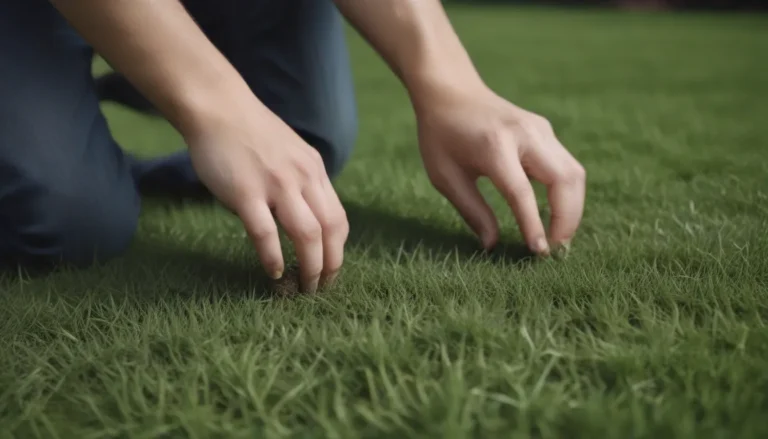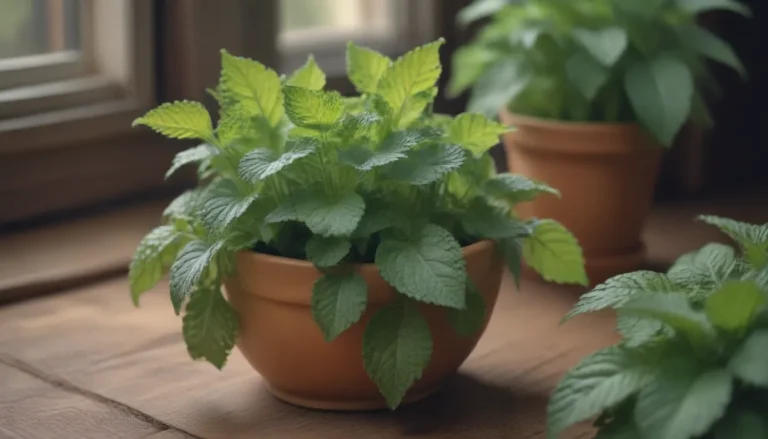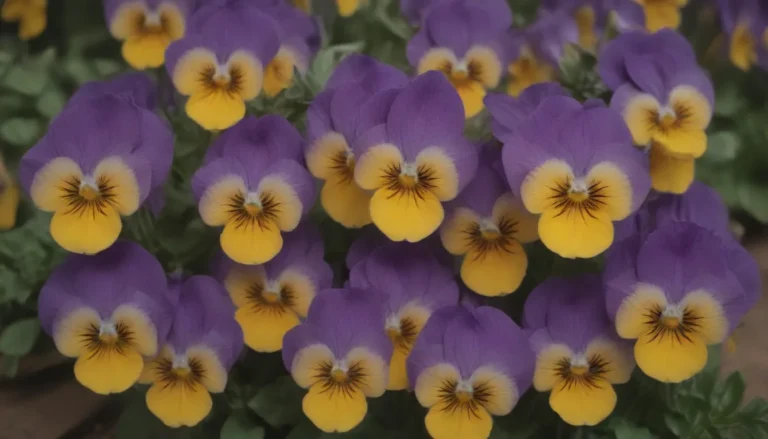The Ultimate Guide to ZZ Plants (Zanzibar Gem)

Welcome to the ultimate guide to ZZ plants, also known as Zanzibar Gems! If you’re just starting out with your houseplant collection or looking to add some greenery to your office space, the ZZ plant is the perfect choice. These indoor tropical plants are characterized by their upright growth, shiny, oval-shaped deep green leaves, and a well-deserved reputation for being nearly indestructible.
Quick Facts about ZZ Plants:
- Common Name: Zanzibar Gem
- Scientific Name: Zamioculcas zamiifolia
- Nickname: Eternity Plant
How to Grow ZZ Plants
ZZ plants are the perfect houseplants for even the most inexperienced gardeners. With just a few simple care tips, you can keep your ZZ plant thriving and looking beautiful. Here’s how to care for your ZZ plant:
Lighting: ZZ plants can adapt to a wide range of lighting conditions but do best in bright, indirect light. Avoid direct sunlight, as it can scorch the leaves.
Soil: Use a standard houseplant potting mix that drains well to protect your ZZ plant’s roots.
Watering: ZZ plants are extremely drought-tolerant and prefer to dry out completely between waterings. Water deeply once every few weeks, but remember it’s better to underwater than overwater your plant.
Temperature and Humidity: ZZ plants prefer average indoor temperatures and humidity levels. Avoid cold drafts, as they can damage the plant.
Fertilizing: While ZZ plants don’t require regular fertilizing, you can feed them with a diluted indoor plant formula during the growing season for optimal health.
Varieties of ZZ Plants
There are a few different varieties of ZZ plants that you can choose from, each with its own unique characteristics:
- Zamioculcas zamiifolia ‘Raven’
- Zamioculcas zamiifolia ‘Variegated’
ZZ Plant Tips for Beginners:
- Where to Put It: Choose a spot with bright, indirect light for your ZZ plant.
- How to Water It: Allow the soil to dry out completely between waterings.
- Soil Type: Use a well-draining potting mix to protect the plant’s roots.
Pruning and Propagating ZZ Plant
To keep your ZZ plant looking its best, a little pruning goes a long way. Remove leggy growth by tipping the stems and creating a fuller appearance. Use these tips to propagate your ZZ plant and create new plants:
Pruning: Trim the stems of your ZZ plant to prevent leggy growth and maintain its shape. Use sharp, sterile pruners and make cuts just above a leaf node.
Propagation: ZZ plants can be propagated through division and leaf cuttings. Divide the plant during repotting or take leaf cuttings to create new plants. Patience is key when propagating ZZ plants, as it can take months for new growth to appear.
Potting and Repotting ZZ Plant
Knowing when to repot your ZZ plant is essential for its growth and health. Follow these tips to pot and repot your ZZ plant effectively:
Repotting: ZZ plants should only be repotted when they have outgrown their current container. Repot in the spring or summer when the plant is actively growing.
Common Pests and Diseases: ZZ plants are generally resistant to pests but can attract common houseplant pests like mealybugs and aphids. Monitor your plant for signs of disease and treat promptly.
Common Problems:
- Leggy Growth: Ensure your ZZ plant receives enough indirect light to prevent thin, leggy growth.
- Yellow Leaves: Overwatering can cause yellowing leaves. Allow the soil to dry out completely before watering again.
In conclusion, ZZ plants are the perfect choice for anyone looking to add a low-maintenance, beautiful plant to their indoor space. By following these care tips and tricks, you can enjoy the beauty of ZZ plants for years to come. So go ahead, add a ZZ plant to your collection and watch it thrive!





